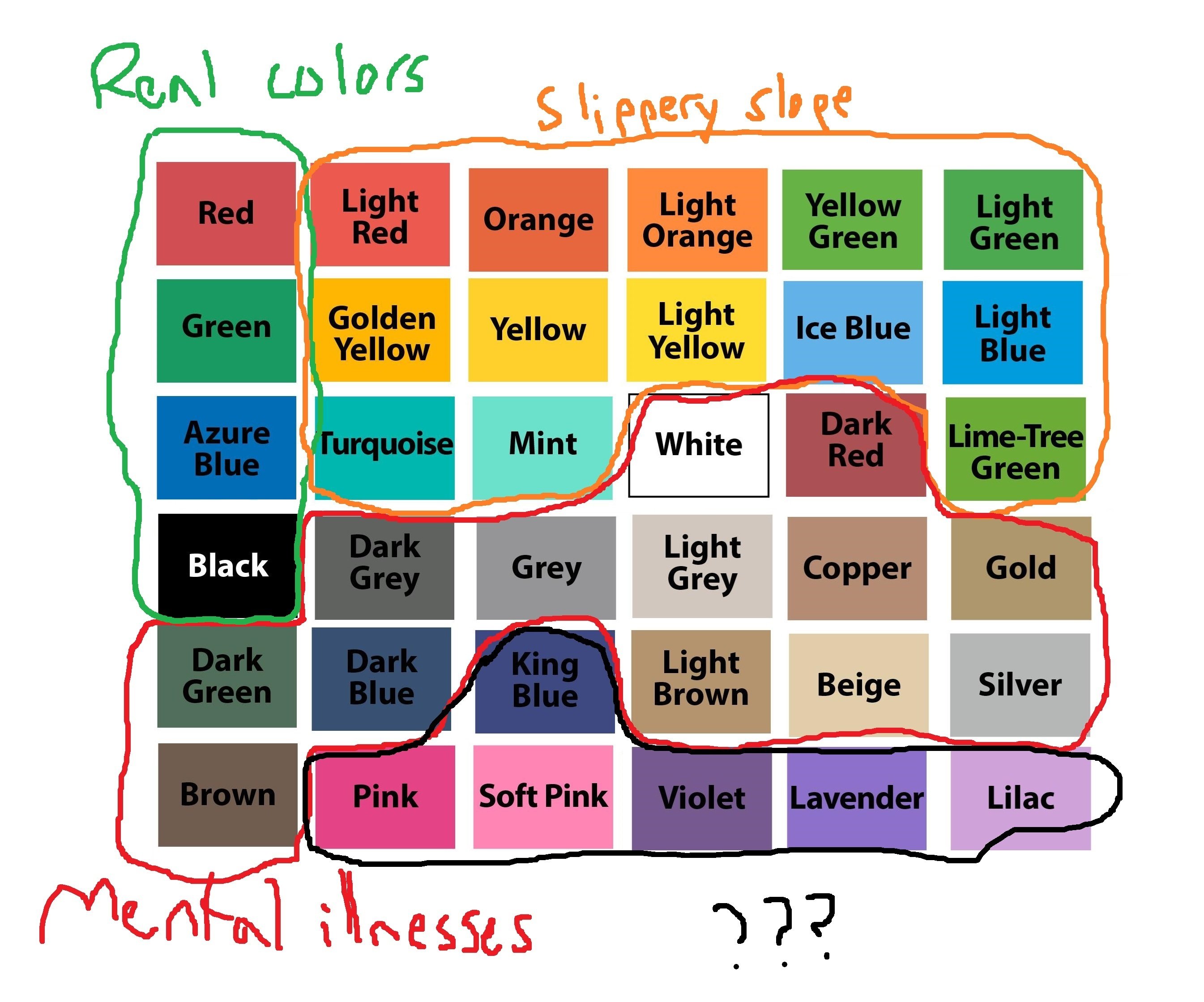this post was submitted on 24 Nov 2024
194 points (88.2% liked)
196
17057 readers
1362 users here now
Be sure to follow the rule before you head out.
Rule: You must post before you leave.
Other rules
Behavior rules:
- No bigotry (transphobia, racism, etc…)
- No genocide denial
- No support for authoritarian behaviour (incl. Tankies)
- No namecalling
- Accounts from lemmygrad.ml, threads.net, or hexbear.net are held to higher standards
- Other things seen as cleary bad
Posting rules:
- No AI generated content (DALL-E etc…)
- No advertisements
- No gore / violence
- Mutual aid posts require verification from the mods first
NSFW: NSFW content is permitted but it must be tagged and have content warnings. Anything that doesn't adhere to this will be removed. Content warnings should be added like: [penis], [explicit description of sex]. Non-sexualized breasts of any gender are not considered inappropriate and therefore do not need to be blurred/tagged.
If you have any questions, feel free to contact us on our matrix channel or email.
Other 196's:
founded 2 years ago
MODERATORS
you are viewing a single comment's thread
view the rest of the comments
view the rest of the comments

So how is red not a slippery slope for the same reasons?
IDK, I can't tell from looking at the 2015 CIE CMFs (I think these are the most accurate? also I used the firefox plugin "unpaywall" to see them as sci-hub wasn't working) if there are any completely identifiable red colors or not. I initially assumed there were, but I guess I don't really know (I had assumed any perceived color could be made from a standard red green and blue, but now I also don't know if that's true).
edit: if that assumption is true than there would be no way to produce photons of different wavelengths in a way that looks like a fully saturated red
also the falloff at the end of the spectrum might mess with that a little, it looks like there is a continuously varying ratio of red to green along the end of the spectrum, but I can't really tell
edit2: it also varies somewhat with age and among individuals apparently, so that might complicate things further
And your brainhole specifics - everything gets processed like this (even monitors with subpixels use a lot of this stuff, or even why you can watch 24p movies):
wiki/White%27s_illusion
yea, there's also the afterimage / auto white balance factor
also those are fun optical illusions
mildly unrelated, but have you seen https://en.wikipedia.org/wiki/Caf%C3%A9_wall_illusion and https://www.shadertoy.com/view/4dBfWK
Yes, brains are wild!